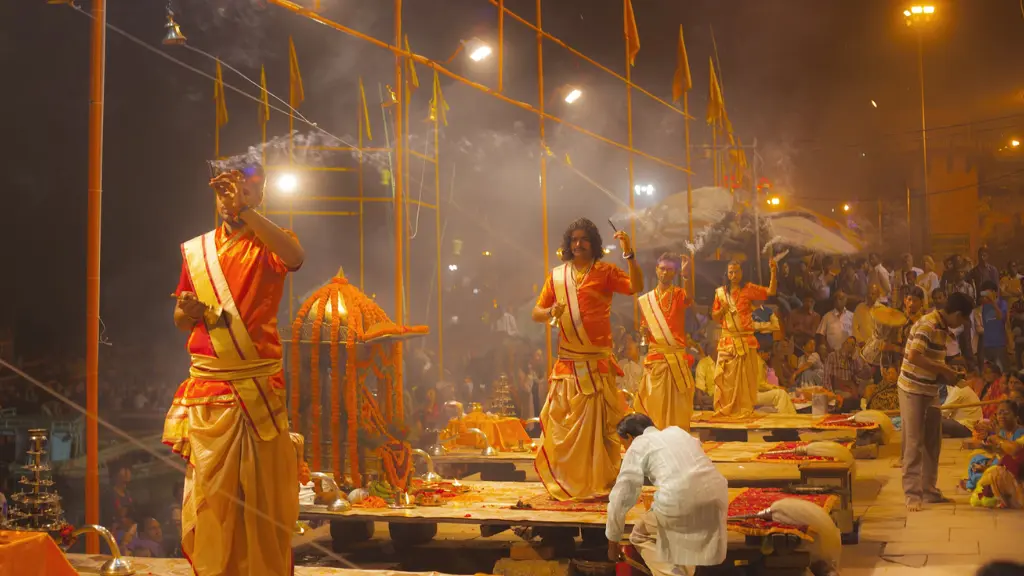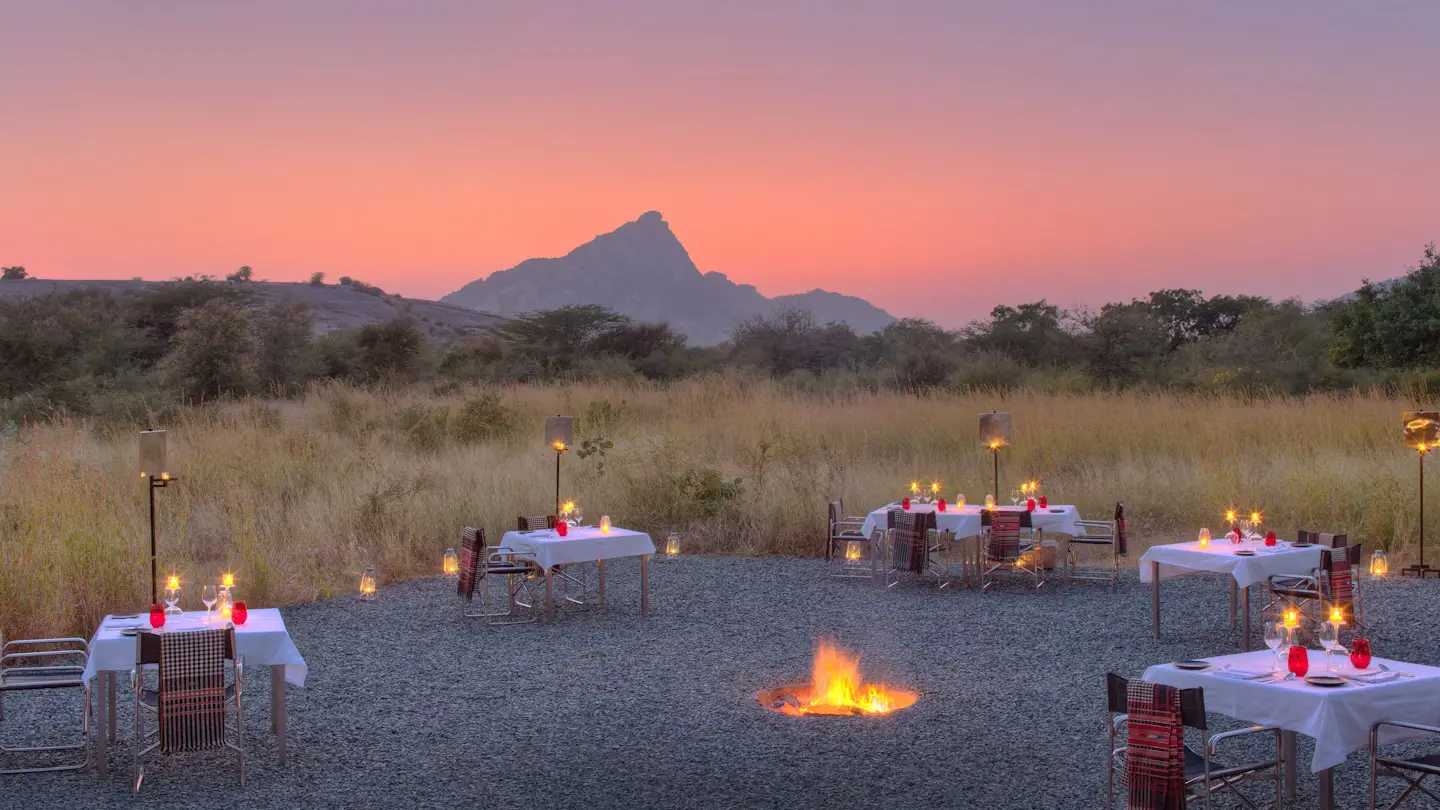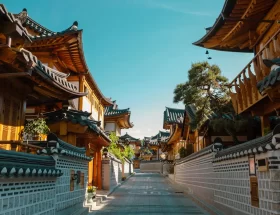Steeped in ancient history, spirituality, and profound cultural heritage, Varanasi is one of the world’s oldest continuously inhabited cities and an essential destination for those seeking a deeper connection to India’s soul.
Located on the banks of the Ganges River, Varanasi offers experiences unlike any other—sunrise boat rides, bustling ghats, and centuries-old temples.
This guide will help you navigate the city’s unique charm, spirituality, and vibrant culture to ensure a memorable first visit.
You May Also Like: Traveling to Iceland with Points and Miles in 2024
1. Understanding the Significance of Varanasi
Known as Kashi in ancient texts and also referred to as Banaras, Varanasi is one of Hinduism’s holiest cities. Pilgrims from around the globe come here to wash away sins in the Ganges and seek blessings from the gods. Many believe that passing away in Varanasi brings moksha (liberation from the cycle of rebirth). The city’s spiritual energy is deeply palpable, offering a truly transformative experience for first-time visitors.
2. Top Things to Do in Varanasi
From spiritual rituals to ancient architecture, Varanasi is packed with activities that cater to all kinds of travelers. Here are the essentials:
- Aarti at Dashashwamedh Ghat: One of the most iconic experiences in Varanasi is witnessing the evening aarti (prayer ceremony) at Dashashwamedh Ghat. Each evening, Hindu priests perform a mesmerizing ritual involving fire, incense, and chanting to honor the Ganges River. The ceremony’s energy is captivating, and it’s a must-see for anyone visiting the city.
- Boat Ride on the Ganges: Start your day with a sunrise boat ride on the Ganges, which offers a serene and visually striking perspective of Varanasi’s ghats and temples. As dawn breaks, you’ll witness locals performing morning rituals along the river, adding to the mystique of the experience.
- Visit Kashi Vishwanath Temple: Dedicated to Lord Shiva, this is one of the most revered temples in India. Though crowded, visiting this temple offers an unparalleled insight into Hindu devotion. Be prepared for security checks, and plan to arrive early to avoid the long queues.
- Explore the Ghats: Varanasi has around 88 ghats—steps leading down to the riverbank—each with its own significance. Manikarnika Ghat, one of the oldest and most famous, is a cremation site where families bring their loved ones to be cremated beside the holy river. For a less intense experience, Assi Ghat is a popular spot for tourists, offering a more peaceful setting.
3. Immerse Yourself in Varanasi’s Rich Culture
The city is a cultural haven with a thriving scene of music, arts, and traditional handicrafts.
- Experience Classical Music and Dance: Varanasi is the birthplace of numerous classical music legends. If you’re interested in Indian music, attending a live classical concert at Sitaram Bhartia Hall or visiting the Sankat Mochan Music Festival is a fantastic way to experience the local music culture.
- Ramnagar Fort: Located across the river, Ramnagar Fort is a 17th-century fort with an impressive museum housing ancient artifacts, including old weaponry, vintage cars, and medieval costumes. The fort also offers splendid views of the Ganges and Varanasi from across the river.
- Handicrafts and Shopping: Varanasi is famous for its silk saris, brassware, and woodwork. Head to Vishwanath Gali or Thatheri Bazaar to find vibrant saris, handmade jewelry, and other souvenirs. If you’re in the mood for shopping, Varanasi’s weavers are renowned for creating Banarasi silk, one of India’s most exquisite fabrics.
4. Indulge in Traditional Varanasi Cuisine
Varanasi’s street food is as unique as the city itself, with flavors and dishes that are deeply influenced by spirituality and local traditions. Some local delights to try include:
- Kachori Sabzi: A spicy breakfast dish consisting of deep-fried kachoris filled with lentils, served with a flavorful potato curry. You can find this dish in popular eateries around Kachori Gali.
- Malaiyo: Available only in the winter months, malaiyo is a frothy, saffron-flavored milk dessert with a delicate texture. It’s an authentic Banarasi treat that you shouldn’t miss.
- Banarasi Paan: Varanasi is synonymous with paan—a betel leaf filled with various spices, sweeteners, and sometimes tobacco. Even if you’re not a fan, tasting Banarasi paan is part of the Varanasi experience.
5. Getting Around Varanasi
Navigating Varanasi’s bustling streets can be a bit overwhelming, but here are some convenient ways to explore:
- Rickshaws: Both auto and cycle rickshaws are popular modes of transportation. They’re affordable, and drivers are usually friendly and knowledgeable about the area. Remember to negotiate the fare before starting your ride.
- Boats: Boats are essential in Varanasi for both commuting along the Ganges and enjoying river views. You can book private or shared rides, especially for sunrise or sunset.
- Walking: Varanasi’s old town area is best explored on foot. The narrow lanes of the city are not accessible by vehicles, so walking is the best way to soak in the sights and sounds.
6. Important Tips for Visiting Varanasi
To make the most of your trip, here are a few essential tips:
- Dress Modestly: As a religious city, Varanasi expects visitors to dress respectfully. Avoid revealing clothing, and carry a scarf if you plan to visit temples.
- Respect Local Customs: When observing rituals at the ghats or temples, remember that these are sacred activities for locals. Watching quietly and respecting personal space will help you blend in.
- Plan for Crowds: Varanasi can be very crowded, especially around major temples and during festivals like Diwali and Holi. Be prepared for the hustle and bustle, and try to stay calm.
- Carry Cash: Many small eateries, local shops, and street vendors operate on cash. ATMs are available, but carrying some cash can be handy.
- Choose the Right Season: The best time to visit Varanasi is from November to February when the weather is cooler and more comfortable. Summers are sweltering, and monsoons bring heavy rains, making it less ideal for sightseeing.
7. Day Trips from Varanasi
If you’re staying in Varanasi for a few days, consider a day trip to explore nearby attractions:
- Sarnath: Located about 10 kilometers from Varanasi, Sarnath is an important pilgrimage site for Buddhists. This is where Buddha delivered his first sermon after attaining enlightenment. The Dhamek Stupa, Ashoka Pillar, and Sarnath Museum are highlights worth exploring.
- Vindhyachal: A holy town around 60 kilometers from Varanasi, Vindhyachal is famous for the Vindhyavasini Temple. It’s a popular pilgrimage site dedicated to the goddess Durga and offers a scenic respite from the city.
8. Experiencing Varanasi’s Festivals
Festivals in Varanasi are colorful, spiritual, and an unmissable part of the city’s culture. If you’re lucky enough to visit during a festival, you’ll get to see Varanasi in all its grandeur.
- Diwali (Festival of Lights): During Diwali, the city is adorned with oil lamps and fireworks. The ghats are beautifully illuminated, and the celebrations are unforgettable.
- Holi (Festival of Colors): Holi in Varanasi is a spirited celebration, with people joyfully throwing colored powder and water at each other. However, exercise caution, as Holi can get intense in crowded areas.
- Dev Deepawali: Celebrated fifteen days after Diwali, Dev Deepawali is unique to Varanasi. Thousands of oil lamps are floated on the river, creating a surreal and breathtaking view.
Final Thoughts
Varanasi is a city that leaves an indelible mark on all who visit. Its spiritual energy, ancient traditions, and vibrant culture offer a glimpse into India’s soul. As you explore the ghats, taste local flavors, and experience the city’s festivals, you’ll find yourself drawn into the timeless rhythm of Varanasi.










